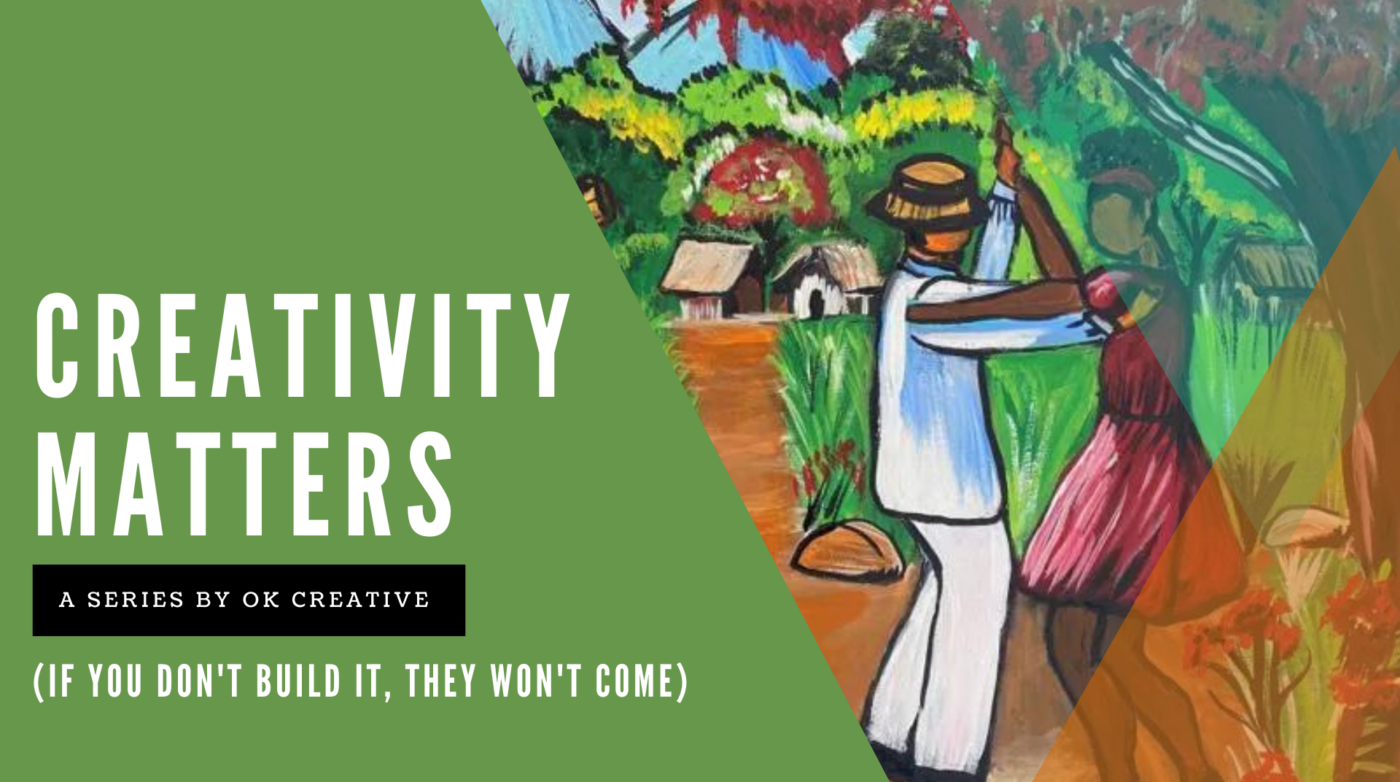
By Chris O’Keeffe and Creative Collective
In our last piece unpacking the powerful insights of the Arts & Economic Prosperity 6 report, we talked about the importance of locals at arts events.
(tl;dr the majority of arts event attendees are locals, and they’ll go elsewhere if their community doesn’t offer something to do.)
Now, let’s talk about the other half of the economic puzzle: visitors.
Visitors Number Fewer, But Spend More
According to the report, non-locals account for a third of the events traffic but over twice the revenue per person (an average of $60.75) as their local counterparts ($29.77 per person). So, a third of the audience but about half the revenue. That’s a hefty contribution to the local arts economy.
They Come for the Art
Here’s a staggering number: 77% of those nonlocal cultural event attendees reported that the primary purpose of their visit was to attend said cultural event. And 64% of those attendees said they would have “traveled to a different community to attend a similar arts or cultural activity.” They didn’t come to town to get lunch and happened to wander by the performance or opening. That performance or opening is the reason they came, along with their dollars.
We’re wrapping our heads around these smaller anecdotes because they help us understand the bigger picture. That single person hopping in the car or on the train to attend an intercounty, intercounty, or interstate arts event is part of a much larger cultural exchange and economic impact that can’t be calculated.
Well, actually the economic side can be calculated:
- $151.7 Billion generated economic activity in 2022
- $73.3 Billion in spending by arts and culture organizations
- $78.4 Billion in event-related expenditures by arts and culture audiences
- $101 Billion in personal income to residents
- $29.1 Billion in tax revenue to local, state and federal governments*=
* All stats from AEP6 (pg. 2)
Our favorite number, of course, is the $101 Billion in personal income to residents, and here’s one more: “2.6 million jobs supported by arts and culture”. Yes, we love artists getting paid for their work, but the numbers are showing us that there’s an economic halo effect that benefits communities that take arts investment seriously.
We’re excited to keep this conversation going. We encourage you to check out the full report, as well as this handy one-sheet










